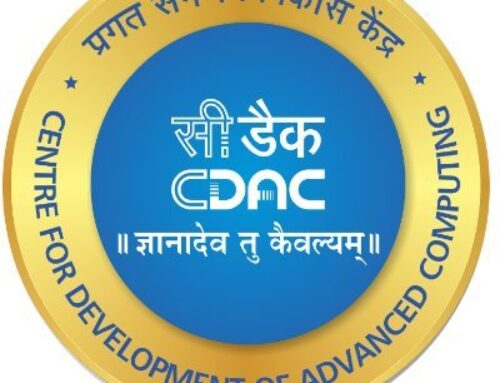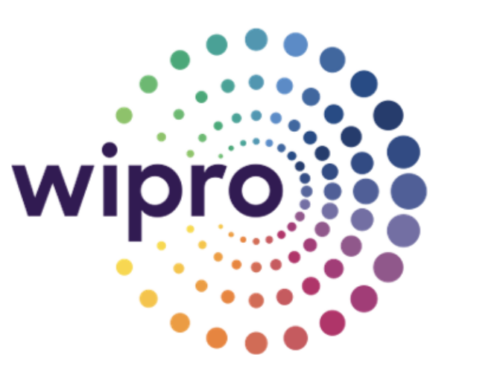Introduction
The rise of UPI (Unified Payments Interface) has transformed the way India transacts. With over 10 billion transactions recorded in October 2023 alone, UPI has become the backbone of the country’s digital economy. However, a significant portion of the population—those using feature phones—has remained underserved in this digital revolution.
But that’s changing. The introduction of UPI applications for feature phones is set to bridge the digital divide, bringing the power of seamless, cashless payments to millions of users who don’t own smartphones. This is more than just a technological upgrade; it’s a step toward true financial inclusion.
Why Feature Phones Matter
While smartphone penetration has grown exponentially in India, there are still 300 million feature phone users—primarily in rural and semi-urban areas. For many of these users, feature phones are not just a choice but a necessity, given affordability constraints, lower literacy levels, and limited internet access.
Ignoring this segment means leaving a large portion of the population out of the digital economy. UPI for feature phones ensures that digital payments are no longer a privilege but a right for every citizen, regardless of their device type.
Challenges
While the initiative is promising, challenges remain:
- UPI Via SMS – Consumers unable to remember numbers where command needs to be sent
- UPI Via Sound – Needed voice signature devices
- UPI Via IVR – Language barriers (Solution available only in Hindi & English)
- UPI Via USSD – Timeout limitations
The Technology Behind UPI on Feature Phones
UPI App on feature phones is powered by by NPCI which you can do UPI to a phone number, UPI ID, Scan and Pay, ensuring accessibility even without internet connectivity.
- Simple User Interface
- Application Based UI & Intuitive
- Drop down based UI
- Local language support
- All in one application
- Safe & Secure – NPCI Approved
- Works with internet
Key Benefits
- Financial Inclusion: Feature phone users, often from lower-income or rural backgrounds, can now access cashless transactions, government subsidies, and digital banking services.
- No Internet Required: Transactions can be completed without mobile data, making it ideal for areas with poor connectivity.
- Affordable Technology: Feature phones are low-cost, ensuring that even economically disadvantaged individuals can access UPI services.
- Regional Language Support: Voice-based services are available in multiple Indian languages, ensuring ease of use for non-English speakers.
- Secure Transactions: UPI on feature phones incorporates the same robust security measures as smartphone UPI apps, such as PIN-based authentication.
Success Stories
Early adopters of UPI on feature phones are already seeing results. For example, small merchants in rural areas have begun using feature phone UPI apps to accept digital payments from customers, reducing dependency on cash. Similarly, daily wage workers are now receiving payments directly into their bank accounts via the UPI App on the Nokia feature phones
The Future of Digital Payments
UPI for feature phones is a game-changer that aligns perfectly with India’s vision of becoming a $1 trillion digital economy. By empowering millions of feature phone users, the initiative has the potential to:
- Boost rural commerce.
- Increase the adoption of government welfare schemes.
- Bring more citizens into the formal financial system.
The rollout of UPI applications on feature phones also sends a strong message: Digital inclusion is not just about innovation—it’s about accessibility.
Conclusion
The expansion of UPI to feature phones is not merely an upgrade in technology; it’s a leap toward greater equality and empowerment. By leveraging affordable and accessible tools, India is ensuring that digital payments touch the lives of every citizen, no matter where they live or what device they own.
As the digital payment ecosystem evolves, the feature phone will no longer be seen as a limitation. Instead, it will serve as a bridge to connect millions to the future of financial freedom.
Let’s make digital payments a universal language. Are you ready to embrace the change?







